Information file: 301
Biodiversity and Climate Change
Institutional responses and actions
Proceses of political incidence and tools for scientific innovation strengthen institutional governance and are essential for the management of biodiversity and climate change. Colombian research institutes that are associated to the Sistema Nacional Ambiental (National Environmental System) play an important role in leading such processes.
▲ Read text ▼
The direct and indirect effects of climate change affect ecosystems and species differentially, thus increasing the vulnerability of biodiversity. Under the development of the Tercera Comunicación Nacional de Cambio Climático para Colombia (Third National Climate Change Communication for Colombia) the Instituto de Hidrología, Meteorología y Estudios Ambientales (Institute of Hydrology, Meteorology, and Environmental StudiesIdeam for its initials in Spanish) guided the development of the report Nuevos escenarios de Cambio Climático para Colombia 2010 - 21001 (Novel Scenarios of Climate Change for Colombia 2010-2100). This report provides detailed information at a national scale and additionally makes projections for the regional effects of climate change according to hydro-climatic criteria.
The report identifies a greater increase in temperature for states such as Arauca, Vichada, Vaupés, and Norte de Santander as one of the major effects of climate change. Consequences produced by these temperature rises will include increasing sea levels, accelerated melting of snowy summits and glaciers, shrinking of paramo areas, and reduced agricultural productivity.
Research institutes associated to the Sina have therefore developed initiatives to respond to national, regional, and local necessities, preferring processes that use land planning management with the support of indigenous and local knowledge in order to achieve climate change adaptation and mitigation. The goal is to create political tools and improve decision making related to the subject.
Relation between biodiversity and climate change from relevant International Conventions
Select or drag a corner of the book to change page | ▼


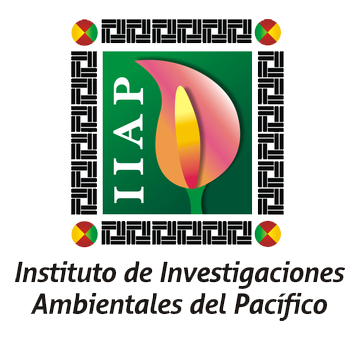


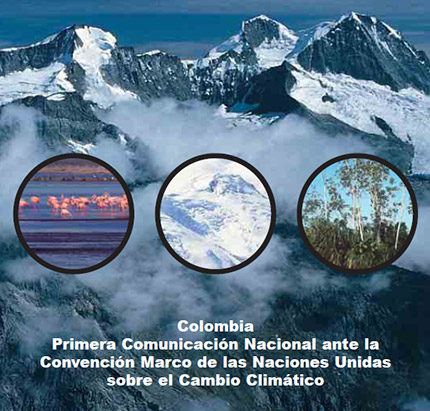
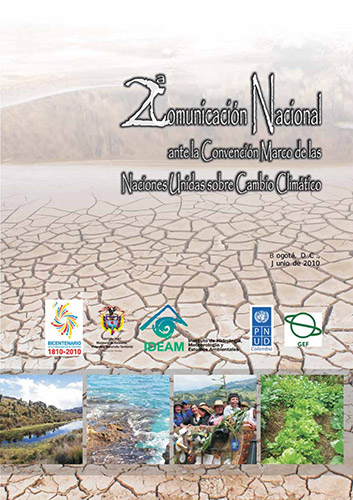
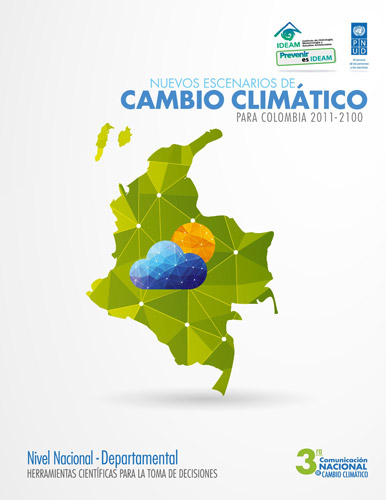
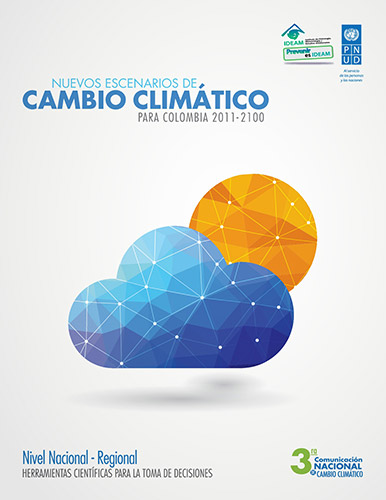
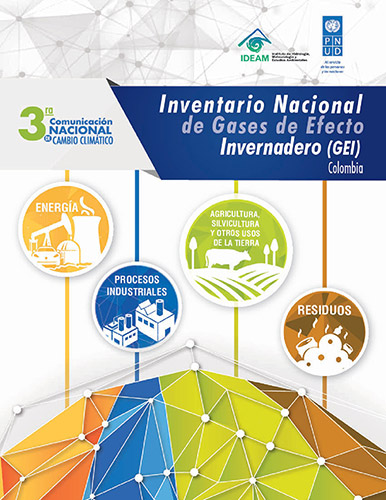
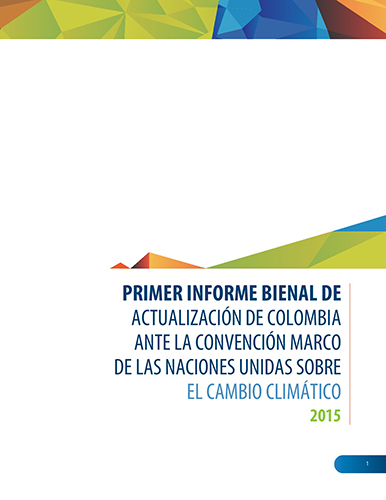

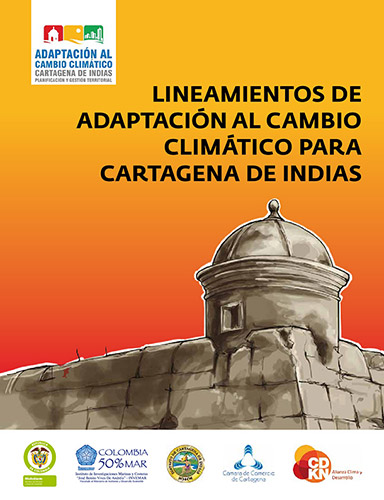
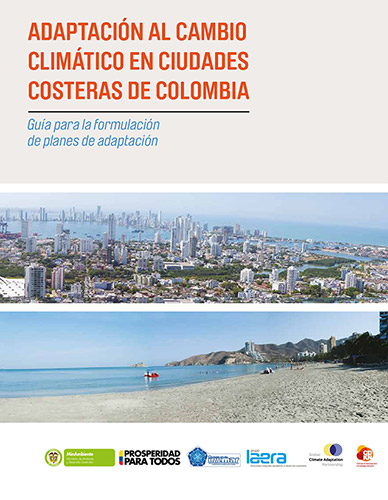
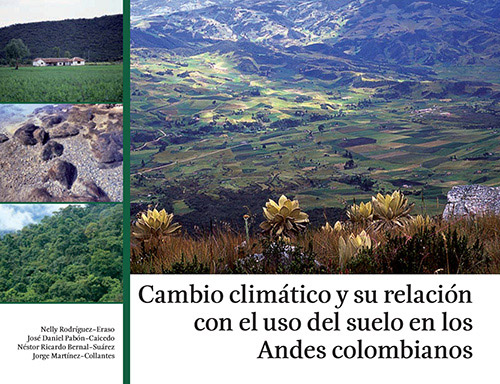
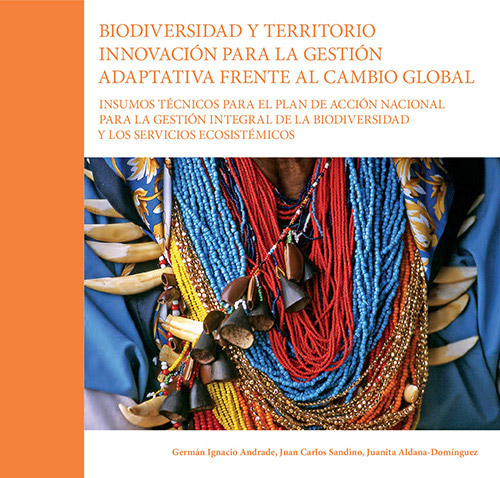
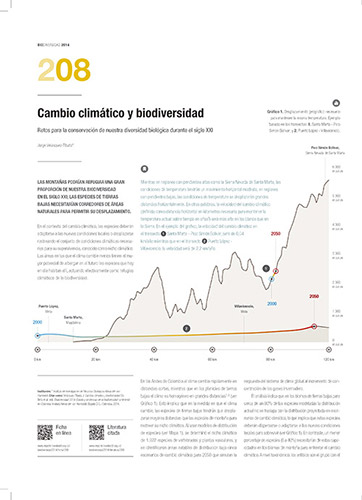

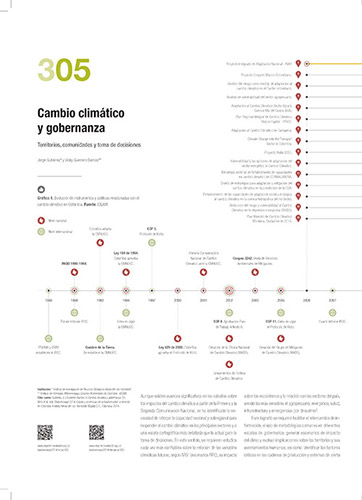
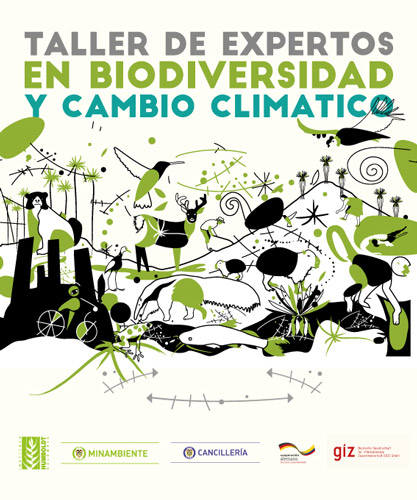
 PDF version
PDF version Methods (in Spanish)
Methods (in Spanish) References
References Share
Share